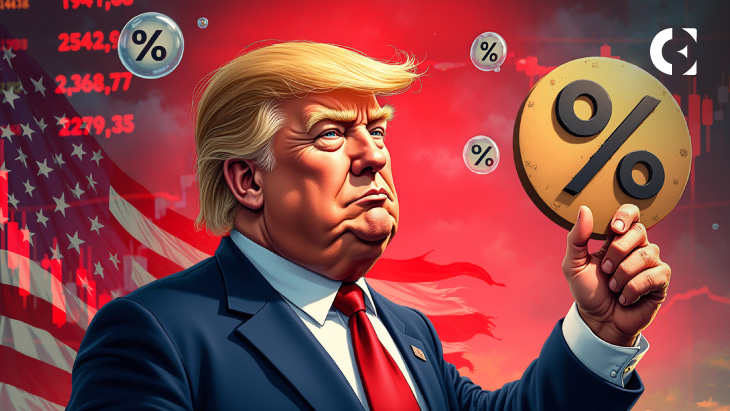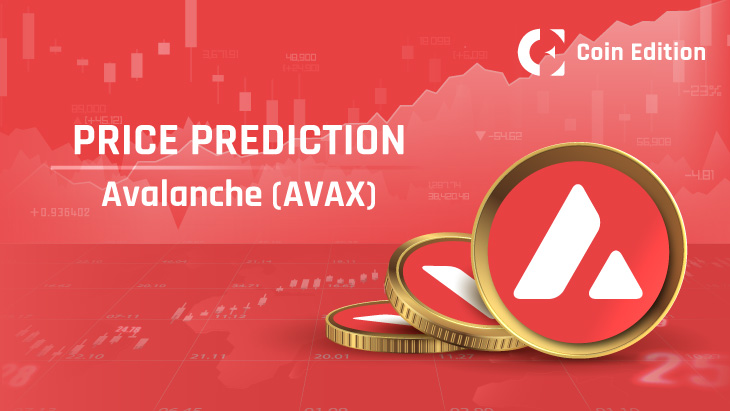- Fed’s updated projections show higher average inflation (3%) and slower growth (1.4%)
- On Wednesday, the Fed maintained steady rates but indicated plans for two cuts by the close of this year
- The Q3 window is particularly fragile due to the Fed re-evaluating rate cut expectations, or the fact that earnings season kicks off mid-July, just as key tariffs are set to expire
With the deadlines looming, tariffs are once again in the spotlight. US President Donald Trump’s initial 90-day pause on reciprocal tariffs is due to expire in early to mid-July, and if unresolved, tariffs of up to 50% could be reinstated on imports from the EU and other nations.
The Federal Reserve (Fed) has particularly flagged tariff-driven goods inflation as a growing concern, adjusting its inflation prediction upward and even scaling back expected rate cuts. On Wednesday, the Fed maintained steady rates but indicated plans for two cuts by the close of this year.
The Fed’s updated projections show higher average inflation (3%) and slower growth (1.4%), with tariffs and the current geopolitical situation being the main drivers of these projections.
Then, there’s the European Union, which has paused retaliatory tariffs through July but is possibly preparing countermeasures if no deal emerges. While it’s still not 100% officially known what the EU’s final decision will be, considering some countries have differing opinions, the uncertainty is more than enough to keep the tension alive.
Even the lead-up to the expiration has put pressure on risk assets. For instance, the volatility index (VIX) has increased, and investors are rotating toward short-term Treasuries as a defensive hedge.
A potential risk-off
With everything that’s going on in the world at the moment, markets are currently walking on a tightrope. Inflation is sticky, interest rates are high, and geopolitical stress is rising, showing no signs of stopping for now. In this kind of environment, anything that adds friction to global trade can multiply the already present uncertainty.
The expiring tariffs are a prime example of this, and some analysts at Deutsche Bank state that the tariff expiry is a big risk trigger alongside Middle East tensions and sticky inflation.
When tariffs expire and there is no clear communication from policymakers, investors are likely to assume the worst. Meaning, the tariffs might return, retaliation could follow, and global trade flows could get disrupted again.
That doubt alone can prompt traders to pull capital out of risk assets (like crypto) and move it into safer havens like short-duration Treasuries or gold.
The Q3 window is particularly fragile due to the Fed re-evaluating rate cut expectations or the fact that earnings season kicks off mid-July, just as key tariffs are set to expire.
From the current standpoint, Q3 could turn sour quickly if tariff tensions re-escalate, but even a modest deal could have the opposite effect. Yet again, there is considerable ambiguity at play.
Disclaimer: The information presented in this article is for informational and educational purposes only. The article does not constitute financial advice or advice of any kind. Coin Edition is not responsible for any losses incurred as a result of the utilization of content, products, or services mentioned. Readers are advised to exercise caution before taking any action related to the company.







